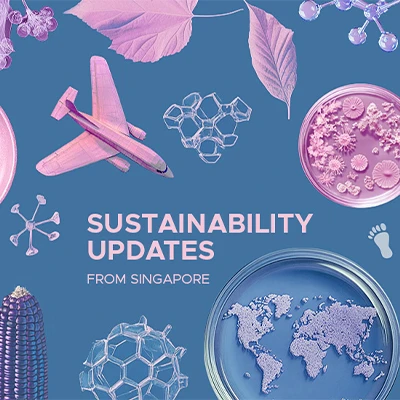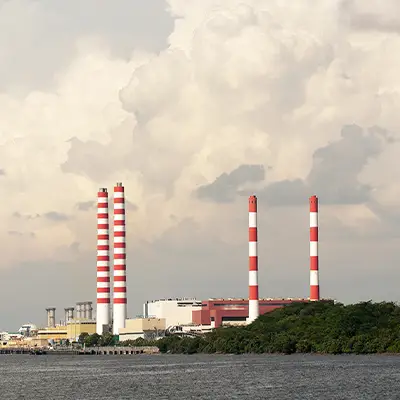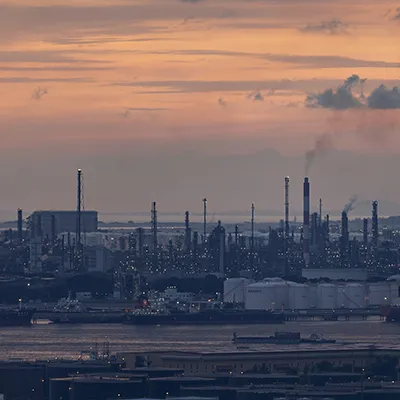Next phase of development
With over US$170 million invested in the project thus far, the conditional approval gives SunCable the go-ahead to move on to the next development phase.
This includes enhancing project planning and engineering designs, securing the supply chain for its solar panels and offtake agreements, as well as undertaking subsea surveys in Indonesia through which the cables will have to be routed.
Besides getting approval from Indonesian authorities for the subsea cables to pass through, SunCable also needs to demonstrate that it can fulfil EMA’s technical requirements as well as achieve a commercially viable price acceptable to customers before it is given the conditional licence.
Patel said it is too early to provide a specific price point, but is confident that SunCable will be able to offer competitive prices.
This is because Australia is among the world’s top 5 per cent in sun resources, and the project is also able to supply round-the-clock electricity.
“This helps the resilience and the reliability of the grid, because it is not the intermittent power that you usually see with renewable energy projects,” he added.
SunCable expects to achieve financial close by 2027, and will begin construction thereafter.
The construction, which is expected to cost US$24.6 billion, will consist of three stages: the solar farm itself and the battery energy storage systems which will be located south of Darwin; the transmission lines from the farm to Darwin; and the subsea cables from Darwin to Singapore.
The solar panels would have a total generation capacity of between 17 and 20 GW-peak, while the battery systems would have a storage capacity of between 37 and 42 GW-hour.
This level of capacity is needed to mitigate the intermittency challenges of solar power, and allow green electrons to be transmitted round-the-clock. Out of these, 3 GW of electricity will be dispatched from the farm, with about 900 megawatt serving an industrial hub in Darwin and the rest for Singapore. In addition to supplying power to Singapore’s grid, Patel said SunCable hopes to sign offtake agreements with corporations that want to reduce their carbon emissions through an electricity retailer it will eventually set up.
This includes corporates in the pharmaceutical and petrochemical sectors, as well as big tech, which is expected to demand higher energy with the expansion of their data centres.
Singapore was in discussions with SunCable even before it had inked clean-energy import agreements with other host countries, but the project hit a roadblock when the company went into voluntary administration after its two main investors – tech billionaire Mike Cannon-Brookes and mining tycoon Andrew Forrest – fell out over the direction the project should take.
However, Cannon-Brookes managed to rescue the project from collapse, after his privately owned Grok Ventures acquired all of SunCable’s assets in May last year.
Patel said that Grok Ventures’ vision of unlocking the potential of long-distance interconnectors to facilitate the region’s decarbonisation fits in with Singapore’s strategy.
“Our investor is fully committed, and we don’t see any concerns with financial sustainability of the project,” he added.








